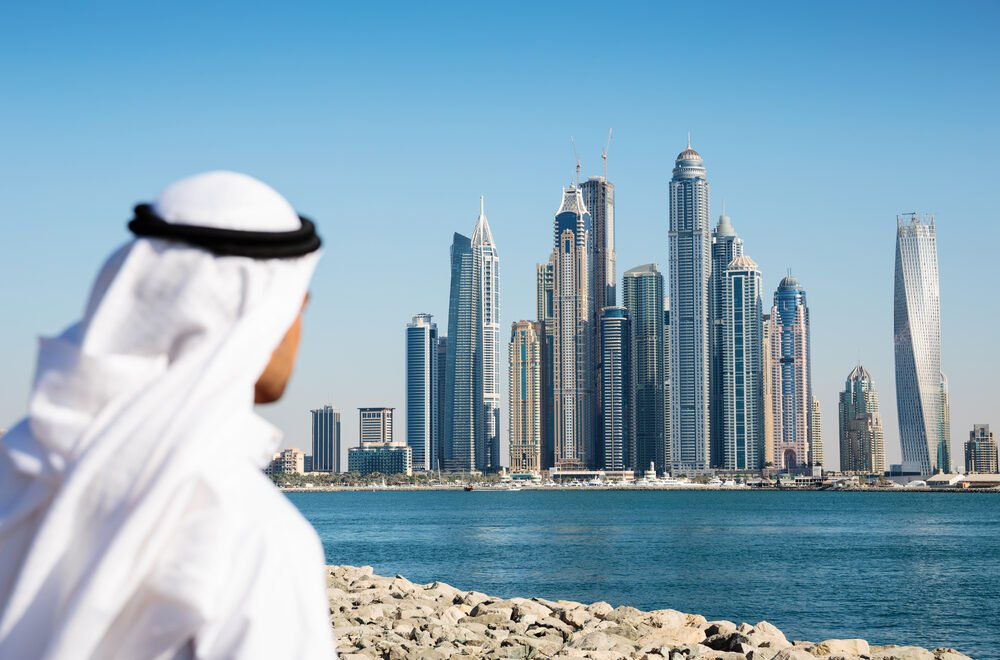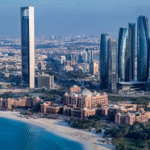Now Reading: UAE Real Estate: 5 Investor Visas That Boost Property Value Potential
-
01
UAE Real Estate: 5 Investor Visas That Boost Property Value Potential
UAE Real Estate: 5 Investor Visas That Boost Property Value Potential

Table of Contents
The UAE’s real estate market in 2025 is thriving, driven by investor-friendly visas programs that enhance property value potential and attract global buyers, including Americans. With transaction volumes reaching AED 115.6 billion ($31.5 billion) in Dubai’s Q1 2025, five key investor visas are fueling demand by offering residency benefits tied to property ownership. These visas, aligned with the UAE’s tax-free environment and high rental yields (6-10%), are boosting property values in areas like Dubai, Abu Dhabi, and Ajman, making them prime investment opportunities.
1. 2-Year Investor Visa (AED 750,000)
The 2-year Investor Visa, requiring a minimum property investment of AED 750,000 ($204,000), is accessible for buyers in freehold zones like Ajman Corniche and Dubai’s Jumeirah Village Circle. This visa, renewable with property ownership, drives demand for affordable apartments (starting at AED 500,000), with a 25% sales increase in 2025. Properties qualifying for this visa see 10-15% value growth due to high rental demand (7-9% yields).
2. 3-Year Property Investor Visa (AED 1 Million)
The 3-year Property Investor Visa, introduced in 2024, requires a AED 1 million ($272,000) investment in freehold properties. It targets mid-tier buyers in areas like Dubai South, where off-plan units offer 6-8% ROI. The visa’s family sponsorship benefits boost demand for villas, increasing values by 12% in 2025. Its flexibility, allowing mortgages with 50% equity, enhances affordability and market activity.
3. 5-Year Golden Visa (AED 2 Million)

The 5-year Golden Visa, requiring AED 2 million ($545,000) in real estate, appeals to high-net-worth buyers in luxury hubs like Palm Jumeirah. Properties in these areas have seen a 16.9% price surge in 2024, driven by visa-linked demand. The visa’s renewable nature and ability to sponsor dependents fuel a 20% rise in luxury property transactions, enhancing long-term value.
4. 10-Year Golden Visa (AED 2 Million)
The 10-year Golden Visa, also requiring AED 2 million ($545,000), offers extended residency without a sponsor, attracting affluent investors to Dubai Marina and Saadiyat Island. With 10,000 visas issued in 2025, luxury properties tied to this visa saw a 10-fold sales increase for homes over $2.72 million. The visa’s flexibility, including off-plan investments, drives 15-20% value growth.
5. 5-Year Retirement Visa (AED 1 Million)
The 5-year Retirement Visa for those over 55, requiring AED 1 million ($272,000) in property, targets retirees seeking a tax-free lifestyle. Areas like Dubai Hills Estate and Yas Island, with apartments from AED 1.2 million ($327,000), see 15% price growth due to retiree demand. The visa’s family sponsorship and access to healthcare boost appeal, driving 6-8% rental yields.
Why These Visas Boost Property Values for American Investors
These visas enhance property values by linking residency to ownership, ensuring sustained demand. Freehold zones offer 100% foreign ownership, and the UAE’s no-income-tax policy maximizes returns, with yields outpacing global markets (e.g., New York at 4.2%). Strategic locations, like Dubai (30 minutes from Dubai International Airport), and Golden Visa perks attract U.S. investors. In 2025, 45% of Dubai’s transactions involved foreign buyers, underscoring visa-driven demand.
Market Outlook and Challenges

The UAE’s real estate market projects 5-8% annual price growth in 2025, with visa-linked properties leading the surge. However, a potential 10-15% price correction in 2026 due to oversupply (41,000 new Dubai units) poses risks. AML compliance and due diligence costs also challenge investors. Engaging RERA-certified agents ensures compliance and maximizes investment potential.
Conclusion
The 2-year Investor Visa, 3-year Property Investor Visa, 5-year Golden Visa, 10-year Golden Visa, and 5-year Retirement Visa are driving UAE real estate value growth in 2025. By offering residency, family sponsorship, and tax-free benefits, these visas boost demand in freehold zones like Ajman Corniche and Dubai’s luxury hubs. American investors can capitalize on 6-10% ROI and long-term appreciation, making the UAE a top real estate destination. Visas That Boost Property Value
read more: UAE Real Estate: 8 Trends Reshaping Buyer Preferences in 2025






















